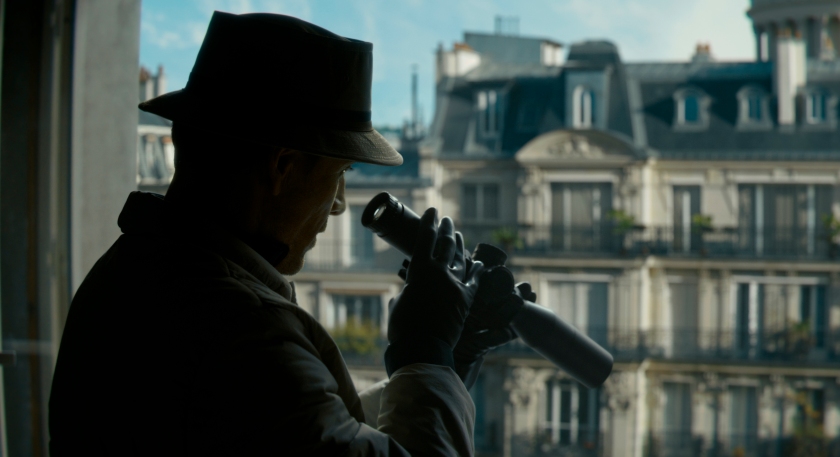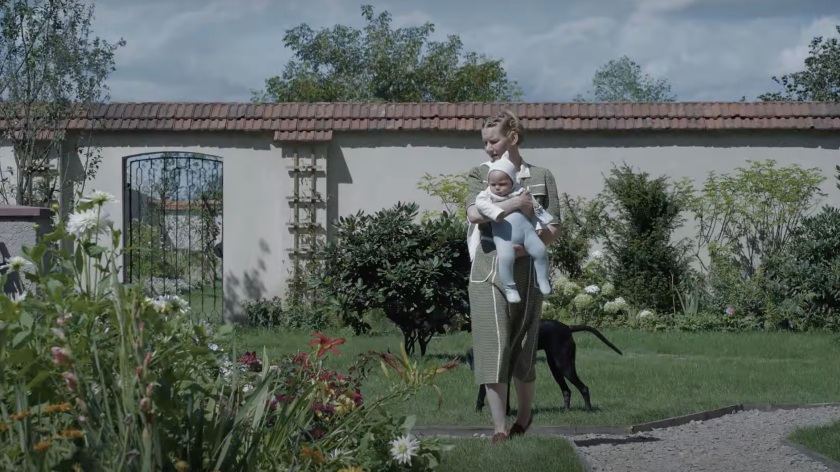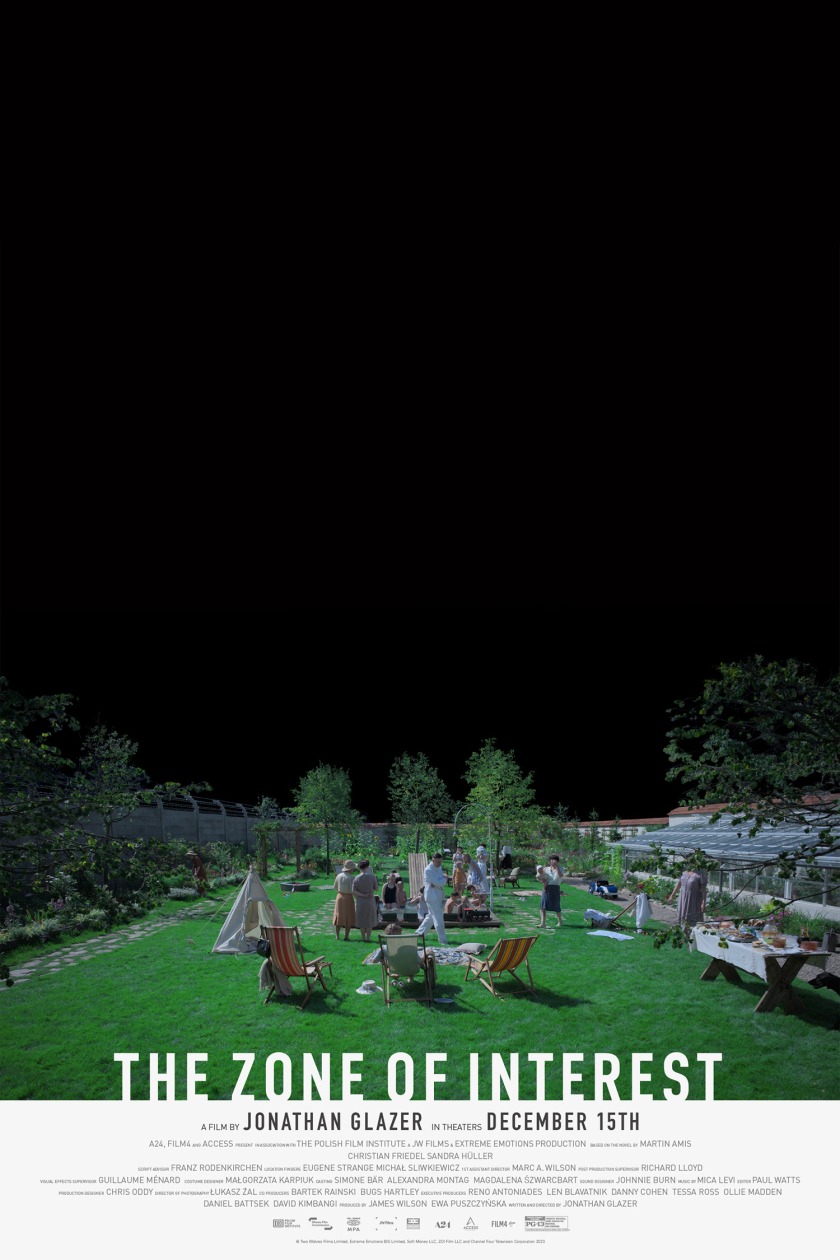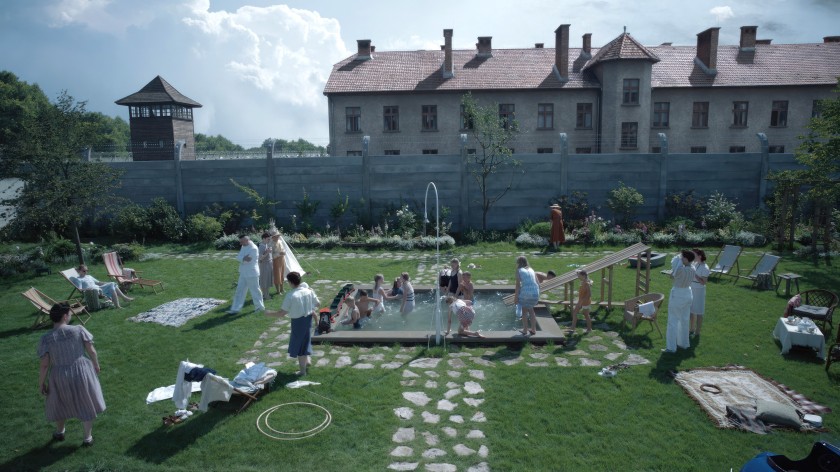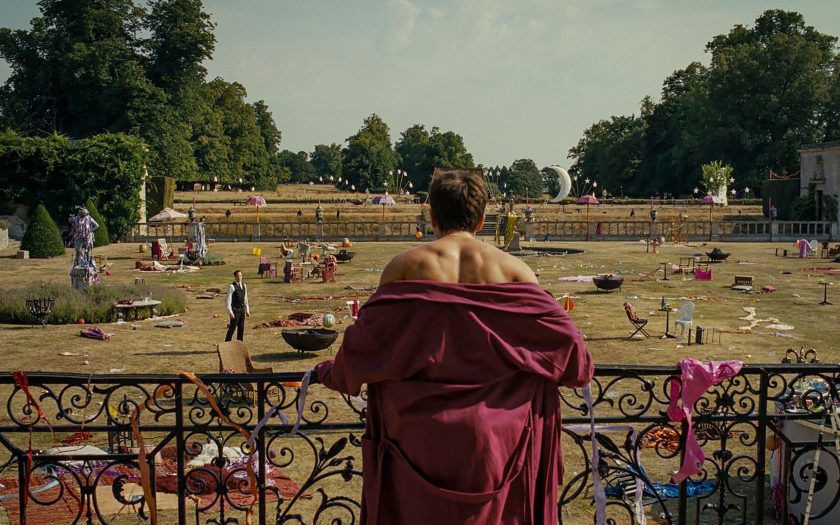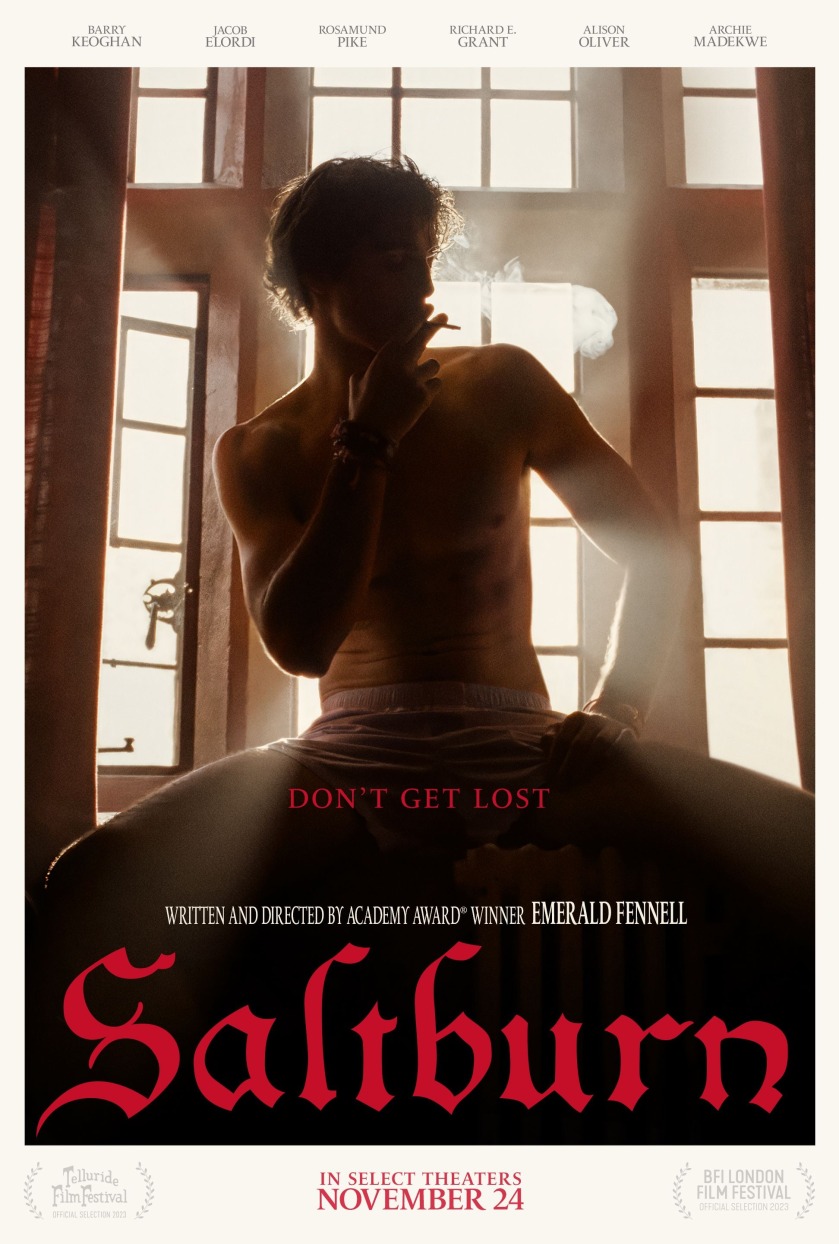
The Killer – Film Review
Cast: Michael Fassbender, Charles Parnell, Kerry O’Malley, Sala Baker, Sophie Charlotte, Tilda Swinton, Arliss Howard, Emiliano Pernía, Gabriel Polanco
Director: David Fincher
Synopsis: An assassin on a mission to eliminate a target finds himself up against his employers after the mission goes awry…
Review: “Empathy is weakness, weakness is vulnerability” narrates the nameless assassin at the centre of the latest film from the master of suspense David Fincher. It is probably a requisite in that particular line of work that one would need to not allow their feelings or emotions to interfere in the name of getting the job done. Cinema has seen no shortage of films centred on the worlds of espionage and paid assassins. In the hands of a director whose methods are as targeted and as precise as its titular hitman, he brings an entirely unique perspective to this genre, unlike anything we have seen before.
The eponymous assassin (Fassbender) is contracted by his employers to eliminate a target by any means necessary, even if it means waiting for days on end for the opportune moment to present itself. While he lies in wait, he will prepare meticulously to ensure he is ready, but he will also find time to engage in regular day-to-day activities, such as ordering fast food and doing yoga. The precise and methodological approach he takes towards his job is procedural, and he will merely bide his time waiting for the moment to strike. When the moment does arrive, a rare mishap leaves him wondering who might now be after him and if he is about to be the one in the crosshairs of his employers.
Adapted from the French graphic novel series of the same name written by Alexis Nolent, the script by Andrew Kevin Walker (reuniting with Fincher after the duo worked on Se7en) wastes no time getting down to business. It whizzes through the opening credits almost quickly as a speeding bullet, though it slows back down again as through an extensive period of narration by The Assassin as he gets ready to carry out the assassination he has been paid one presumes an exorbitant amount of money for. From there, once the planned hit has been botched, the film is divided into chapters as he goes across the globe to confront his employers and seek retribution against those who may have targeted him, or those close to him in response to the botched job. He does all this while having a penchant for destroying mobile phones and listening to The Smiths. Who knew that listening to Morrissey is the perfect ambience an assassin requires to commit brutal acts of violence?
Before taking a three-year break away from the big screen, Fassbender was in something of a rut having starred in a series of films which did not have the best of receptions either critically or commercially. Therefore, it is immensely satisfying to see him return to form in a big way as he is electrifying here. Given he’s in just about every frame of the film, he commands the screen with a presence with an intensity and an aura of someone you absolutely do not want to mess with. He’s a man of few words but has an icy death stare that would make anyone’s blood run as cold as the deepest depths of the South Pole during a long and dark winter night. For understandable reasons, Fincher keeps his camera trained on Fassbender to the extent that pretty much every other member of the cast is given very little or sparse screen time. However, each one, especially Tilda Swinton makes their screentime count.
There’s a foreboding nature running through every frame of the film thanks to the atmospheric cinematography from Erik Messerschmidt, and an intense score from Trent Reznor and Atticus Ross. It is all overseen by a director who like his main character, is methodical and meticulous in how he shoots his films. His command of the craft is never in doubt, particularly when it comes to what is one of the most brutal fight scenes in a film this year or in a good long while for that matter where every punch and blow is strongly felt. While the story itself is light on substance and could have delved more beyond the surface level of the assassin’s psyche and what makes him tick, it is hard to count that against it when everything is so slickly and stylishly presented. This should come as no surprise given that like his titular assassin, Fincher shoots to thrill, and thrill he most certainly does.
Gripping from the word go and never letting up due to a phenomenal leading performance from Michael Fassbender, the master of the thriller once again delivers a pulsating and intense ride which does not miss.



